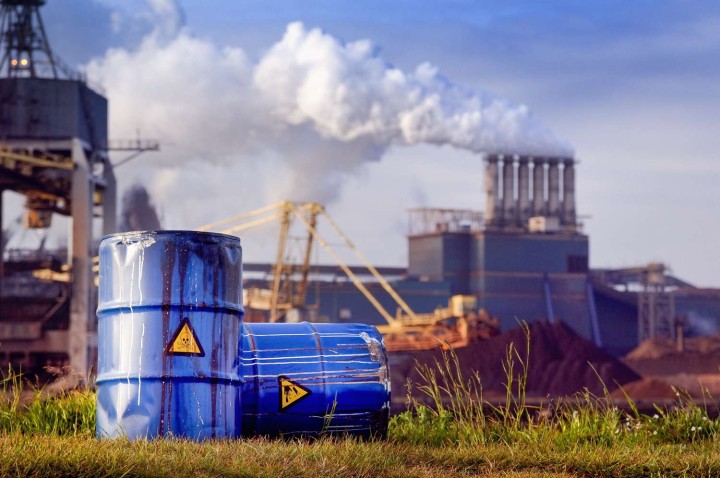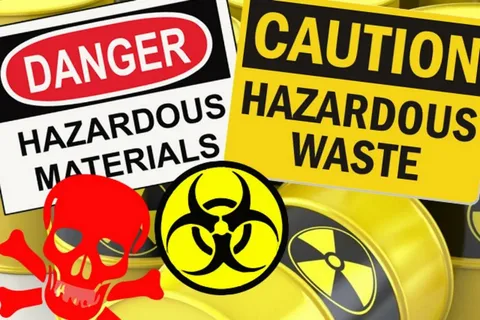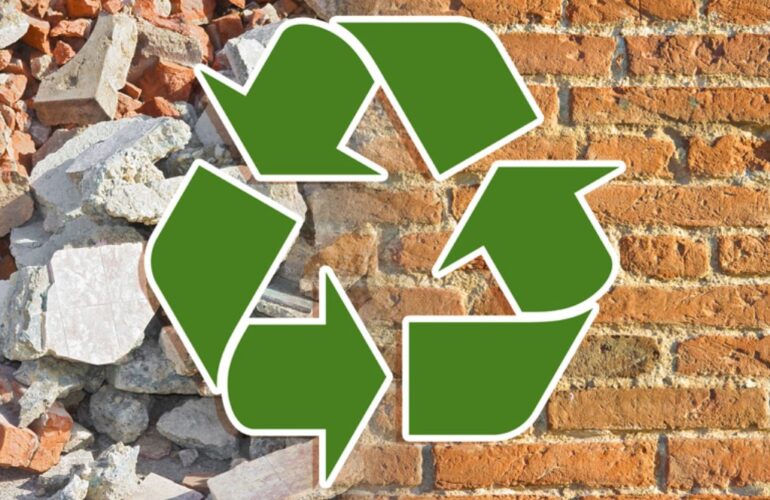Introduction to EPR Hazardous
Extended Producer Responsibility (EPR) Hazardous represents a pivotal paradigm shift in waste management strategies worldwide. It places the onus squarely on producers to responsibly manage the entire lifecycle of hazardous products they introduce into the market. This proactive approach aims to mitigate environmental pollution, minimize public health risks, and foster sustainable resource management.
Understanding the Regulatory Landscape
EPR Hazardous initiatives operate within a robust regulatory framework designed to safeguard the environment and human health. Governments enact laws and directives that delineate the responsibilities of producers in managing hazardous waste. These regulations often prescribe strict guidelines for the collection, transportation, treatment, and disposal of hazardous materials, holding producers accountable for compliance.
Extended Producer Responsibility
At the heart of EPR Hazardous lies the concept of producer responsibility, wherein manufacturers, importers, and distributors bear the primary responsibility for the safe disposal and recycling of their products. By internalizing the costs and environmental impacts associated with hazardous waste management, producers are incentivized to design products with end-of-life considerations in mind, fostering innovation in sustainable product design and manufacturing processes.
Scope of Covered Products
EPR Hazardous schemes typically encompass a broad spectrum of products containing hazardous substances. From electronic devices and batteries to chemicals and pharmaceuticals, these programs aim to address the diverse array of hazardous waste generated across various industries. By expanding the scope of covered products, EPR Hazardous initiatives ensure comprehensive management of hazardous materials throughout their lifecycle.
Implementing Best Practices
Implementing best practices is paramount to the success of EPR Hazardous programs. Stakeholders collaborate to develop efficient collection systems, invest in state-of-the-art treatment facilities, and promote public awareness and participation in hazardous waste recycling initiatives. By adhering to stringent waste management standards, EPR Hazardous programs mitigate environmental contamination and promote the sustainable utilization of resources.
Challenges and Opportunities
Despite its merits, implementing EPR Hazardous programs poses inherent challenges. These include financial constraints, logistical complexities, and regulatory ambiguities. However, these challenges also present opportunities for innovation and collaboration among stakeholders. By leveraging technological advancements and fostering partnerships, EPR Hazardous programs can overcome obstacles and pave the way for a more sustainable future.




